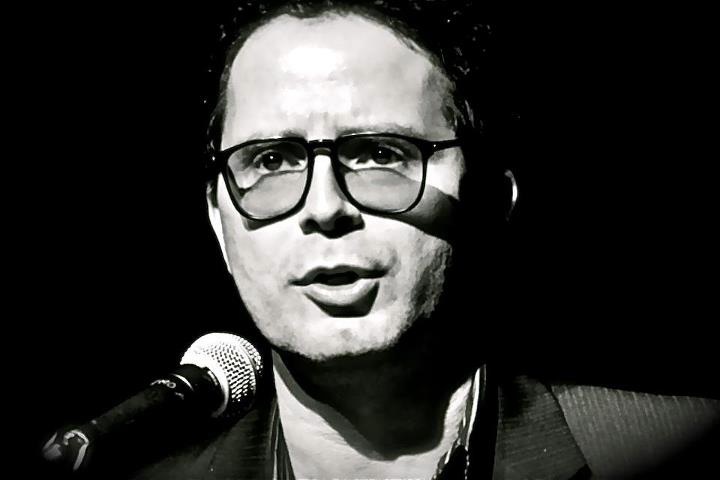Folks,
Here's a very good critique of Plan Colombia within the context of the US-Colombia FTA, which is still on the agenda of the Colombian government, and which most likely will be discussed in this weekend's Summit of the Americas. It is written by scholar and Senator Jorge Robledo of Colombia, one of the most insightful critics of Plan Colombia.
MAMA
UNDERSTANDING PLAN COLOMBIA
Jorge Enrique Robledo, Bogotá -- April 3, 2009
Every State has the duty and the right to militarily confront those who
illegally take up arms against it. Although increased spending on arms
and training does tend to improve a military's combat capability, as can
be seen by looking at what's happened in Colombia in recent years, at
the same time this doesn't mean that the ends justify the means.
Governments are entrusted with solemn obligations and under no
circumstances should they violate the law. It's unacceptable to
sacrifice national sovereignty to improve military performance, because
a country that loses the capacity for self-determination will never be
able to solve its own problems.
Andrés Pastrana, who was president of Colombia when Plan Colombia was
hammered out, has confirmed that "the free trade agreement is a
fundamental part of Plan Colombia" (Caracol Radio, 3/17/2008). The Plan
also defines policy in every key aspect of the nation's economy. It
affects fiscal and financial policy, the tax system, industry, salary
rates, the environment, agriculture, health, education and foreign
investment, in ways which are most beneficial to the North American
elite. As if this weren't enough, in 2001 the Colombian finance
minister, Juan Manuel Santos, signed a letter of intent titled "The IMF
approves Plan Colombia". This alone, in a country less confused by
government disinformation, would disqualify him as a presidential
candidate (Santos plans to run for president in 2010).
If we consider just the economic losses caused by the importation of
eight million tons of agricultural products --imports imposed by Plan
Colombia of products that we can produce ourselves--, we realize how
relatively small the sum of 7.814 billion dollars in U.S. military "aid"
from 1999 to 2008 is. And while "aid" from Washington is small and
short-term, "free trade" works on a large scale and is intended to be
permanent. As history has shown, those who lose their national
sovereignty also lose control of their economy. The systematic
beautifying of Plan Colombia has sold the false notion that the
Colombian military budget was largely covered by the plan's resources.
But the money sent down from Washington represents only 13.7% of the
total costs of the armed forces and the police, while we, Colombians,
pay 86.3%. Also, it's false and misleading to say that Plan Colombia
covers "social expenditures", when in reality not one U.S. cent is spent
for that purpose.
The third declared objective of Plan Colombia is "to bring about
negotiated peace agreements with the guerrillas". The weekly news
magazine Semana (12/6/2007), quoting Caracol Radio and Channel RCN,
reported that in the Foreign Relations Commission former president
Andrés Pastrana said that the demilitarization of El Caguán, which Uribe
sharply criticized at first, "was a demand made by the U.S. government",
via Bill Clinton, who let him know that Plan Colombia would not be
approved unless they sought a negotiated settlement to the armed
conflict. The magazine also reports that Uribe, in response to Pastrana,
could only come up with: "why didn't you say that from the beginning?"
Neither the current president (Alvaro Uribe) nor any of the three
preceding presidents (César Gaviria, Ernesto Samper, Andrés Pastrana)
who were also present at the meeting denied what was reported in Semana.
Even the withdrawal from El Caguán was ordered by Washington! Is it not
imperialist for an anti-drug strategy to, on the one hand, force us to
import the food that our agricultural workers and indigenous people can
produce and, on the other hand, to have them sprayed like cockroaches,
when these fellow Colombians are driven by poverty to plant coca? And
it's obvious that the justification for Plan Colombia cannot be based on
its results; even the U.S. State Department acknowledges that --after
spraying more than a million hectares-- coca cultivation has increased
from 122,000 to 160,000 hectares and the production of cocaine from 530
to 535 tons.
Furthermore, Plan Colombia also shows that the interests of Colombia and
the United States can be --and in this case are-- quite different. The
Plan's goal is not to eliminate drug trafficking but only to reduce it
by 50%, as is stated in the text. Why? According to the architects of
the Plan, when the supply of cocaine drops the price on the street will
rise and the American youth consumer will have to "snort" fewer "lines".
It's a market solution, as a neoliberal would say. But what's not
mentioned is that if the consumer has to pay higher prices on the
street, it's because the price drug traffickers can charge has also gone
up; that's the way they maintain or increase their profits. It's clear
that this doesn't benefit Colombia in the war on drugs.
** Translation Mingas-FTA / Traducción Mingas-TLC
---
Across the Americas
P.O. Box 268733 <-- new
Chicago, IL 60626-8733
773-938-1036 (phone and fax)
http://www.acrosstheamericas.org
info@acrosstheamericas.org
##

No comments:
Post a Comment